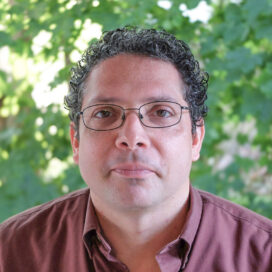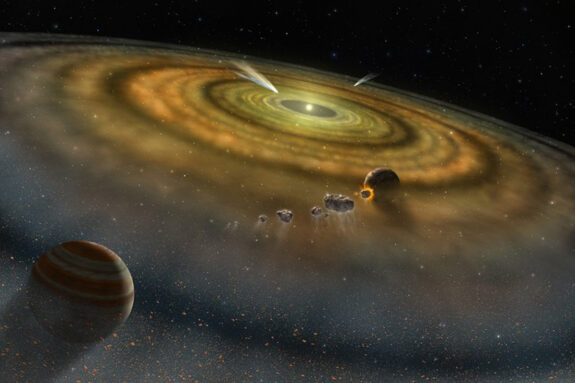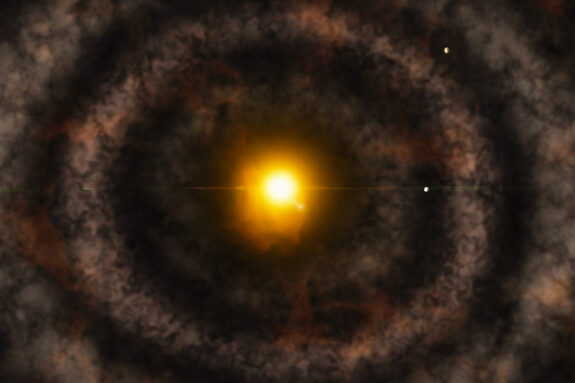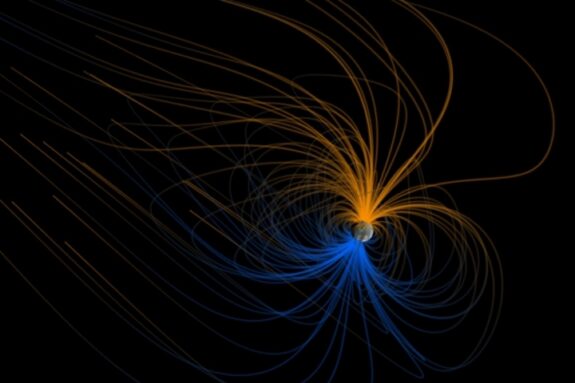
Eduardo Andrade Lima
Principal Research Scientist
Assistants:
Specialist in paleomagnetism developing instrumentation and data analysis techniques to study planetary and nebular magnetic fields.
Research Interests
I study records of planetary and nebular magnetic fields preserved in terrestrial and extraterrestrial rocks using state-of-the-art high-sensitivity, high-resolution magnetometry combined with novel inversion techniques for magnetic data. This two-pronged approach has enabled the analysis of magnetic records that had been previously inaccessible to paleomagnetic studies. My focus is on developing and applying these tools specifically to address questions in planetary science related to the formation and evolution of the solar system, and to better understand and characterize the emergence and evolution of Earth’s magnetic field.
Topics I investigate:
- Magnetic microscopy
- Records of ancient magnetic fields in rocks
- Inverse problems in magnetism
Biographic Sketch
Eduardo Lima joined EAPS in 2006 as a postdoc and is currently a principal research scientist in the MIT Planetary Magnetism Lab led by Benjamin Weiss. He received his BS (1994), MS (1997), and PhD (2001) degrees in Electrical Engineering from the Pontifical Catholic University of Rio de Janeiro, Brazil, while associated with the Biomagnetism Lab and the Nondestructive Testing (NDT) Lab in the Physics Department. His undergraduate and graduate research involved magnetic sensors, biomagnetism, NDT, and inverse problems. After his PhD, Eduardo joined the Fluid Dynamics Lab at the Institute for Pure and Applied Mathematics, Brazil, as a researcher prior to moving to the US in 2002 to join the Vanderbilt Institute for Integrative Biosystems Research and Education at Vanderbilt University as a research associate to develop techniques and instrumentation for measuring metabolic signals in single cells. Eduardo has expertise in inverse problems, scientific instrumentation, paleomagnetism, and signal processing.
Key Awards & Honors
- 2022 • Top cited article, AGU – Geochemistry, Geophysics, Geosystems
- 2014 • Outstanding Paper Award, Institute of Physics
- 2010 • Infinite Kilometer, Massachusetts Institute of Technology
Key Publications
-
, , , , , , et al. (2024). Obtaining high-resolution magnetic records from speleothems using magnetic microscopy. Geochemistry, Geophysics, Geosystems, 25, e2024GC011594. doi: 10.1029/2024GC011594
-
, , , , and (2023). Estimating the net magnetic moment of geological samples from planar field maps using multipoles. Geochemistry, Geophysics, Geosystems, 24, e2022GC010724. doi: 10.1029/2022GC010724
-
, Bruno, A. C., Carvalho, H. R., and Weiss, B. P. (2014). Scanning Magnetic Tunnel Junction Microscope for High-Resolution Imaging of Remanent Magnetization Fields. Measurement Science and Technology, 25, 105401. doi: 10.1088/0957-0233/25/10/105401


